NHC Releases Hurricanes Fay, Gonzalo Reports
Last year was the first time that two hurricanes made landfall on Bermuda in one hurricane season, let alone less than one week apart, according to reports released by the U.S. National Hurricane Center.
The report noted that two hurricanes affected the island within a 10-day period in 1899, with a a category 1 hurricane passing northwest of Bermuda on 4 September and a category 3 hurricane passing over on 13 September.
The report on Hurricane Gonzalo said, “Gonzalo made landfall in Bermuda as a high-end category 2 hurricane [on the Saffir-Simpson Hurricane Wind Scale], causing extensive damage. Gonzalo’s landfall occurred only six days after Hurricane Fay made landfall on the island as a category 1 hurricane.”
“Bermuda experienced an extended period of tropical-storm-force winds or greater beginning around mid-day local time 17 October and ending after daybreak the following morning. Hurricane-force winds occurred over Bermuda for about 6 hours from around 2300 UTC 17 October to 0500 UTC 18 October.
Slideshow showing some of the damage from Hurricane Gonzalo
-
The Gonzalo report continued. “The strongest sustained winds experienced on Bermuda were likely of category 2 intensity and occurred on the back side of the hurricane from a northwesterly direction in the southwestern eyewall. The highest [10-minute] mean wind reported on the island was 94 kt with a gust to 113 kt at an elevated site at Commissioner’s Point [~46 m] at 0250 UTC.
“An anemometer on the Bermuda Causeway [elevation ~12 m] measured a 10-minute mean wind of 81 kt with a gust to 98 kt at 0250 UTC. The highest wind gust recorded on Bermuda was 125 kt at St. David’s. During the passage of Gonzalo’s eye over Bermuda around 0030 UTC 18 October, minimum pressures between 951.9 to 952.9 mb were reported at all of the available official and private weather observing sites [Table 2].
“Gonzalo was the strongest hurricane to affect Bermuda since Hurricane Fabian in September 2003, and is the strongest October hurricane to make landfall on Bermuda since 1926. Gonzalo was the second hurricane to pass directly over Bermuda within six days; Fay made landfall on the island as a category 1 hurricane [on the Saffir-Simpson Hurricane Wind Scale] early on 12 October.”
“According to media reports, Gonzalo produced $200 to $400 million [USD] in insured losses on Bermuda. Strong winds downed numerous trees and utility poles, and also caused some structural damage including the loss of roofs and collapsed walls.
“Older structures fared worse than structures constructed under new building codes designed to withstand sustained winds up to about 95 kt. Most of the Bermuda was without electricity after the hurricane and it took more than two weeks to fully restore power on the island.”
The report on Hurricane Fay — which was originally classified as a Tropical Storm then re-classified as a Hurricane — began by saying, “Fay was a short-lived hurricane of non-tropical origin that passed over Bermuda before turning east-northeastward into the north-central Atlantic Ocean. Fay became the first hurricane to make landfall on Bermuda since Emily of 1987.”
“Fay’s winds toppled utility poles, downed trees and street signs throughout Bermuda, with the damage likely exacerbated by saturated soils after nearly 14 inches of rain on the island in August and above normal rains in September. Nearly 27,000 customers were left without power.”
“Isolated roof and vehicle damage was reported, though most of the damage was minor. Strong winds damaged the roof of the terminal building at the L.F. Wade International Airport, with several reports of severe flooding in that building. Several major roads were inundated, including Front Hurricane Fay 5 Street in Hamilton. Large boats broke from their moorings and were pushed onshore, heavily damaged or destroyed.”
“One insurer on Bermuda preliminarily estimated their losses from Fay to be near $3.8 million. With several other insurers on the island, the total monetary losses are likely significantly higher, but there are no additional estimates at this time. Since Gonzalo affected Bermuda within six days of Fay’s passage, it may be difficult to separate the impacts from the two storms.”
Saying that the “genesis of Fay was poorly forecast,” the NHC report on Fay said “official forecast track errors were greater than the mean official errors for the previous 5-yr period, with errors about double the long-term mean at 36 h and 48 h. No forecasts verified beyond 48 h. Fay moved farther west and slower than what was predicted.”
Both NHC reports extend thanks to James Dodgson, Ian Currie, and Kimberly Zuill of the Bermuda Weather Service for providing data and other information about impacts in Bermuda.
The National Hurricane Center’s Hurricane Gonzalo report follows below [PDF here]:
The National Hurricane Center’s Hurricane Fay report follows below [PDF here]:
Read More About
Category: All, Environment, News

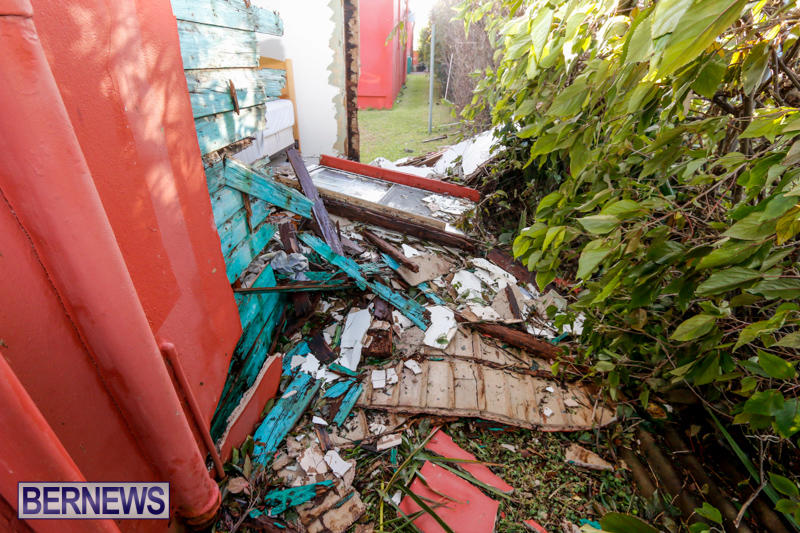

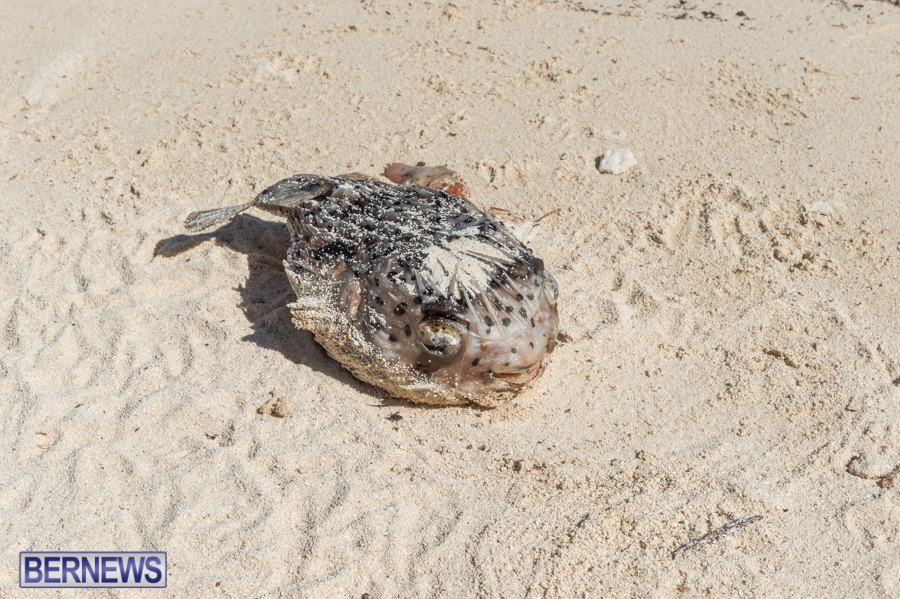
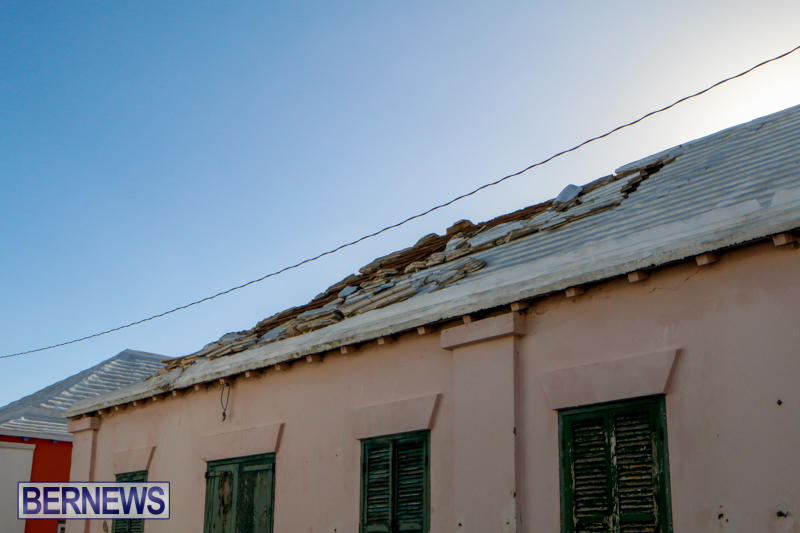




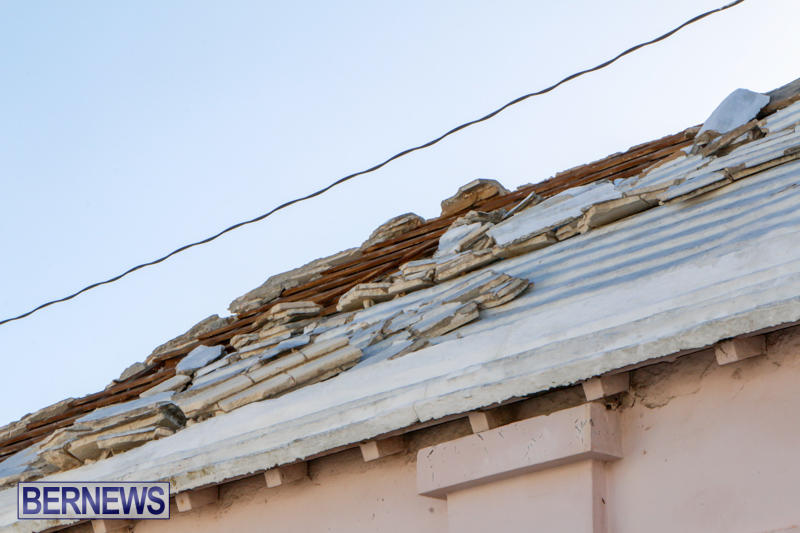
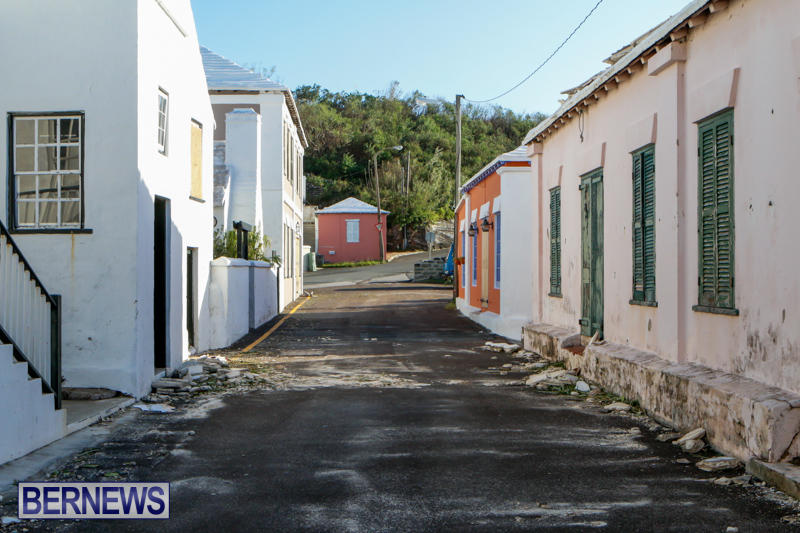
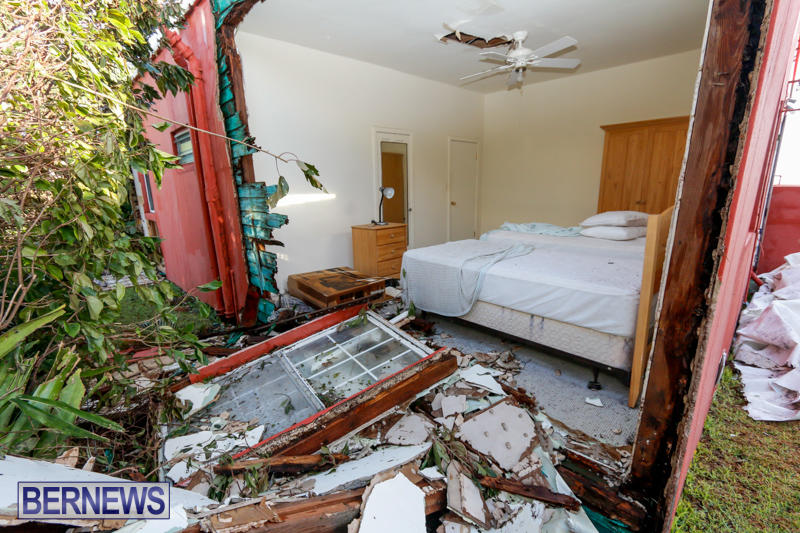

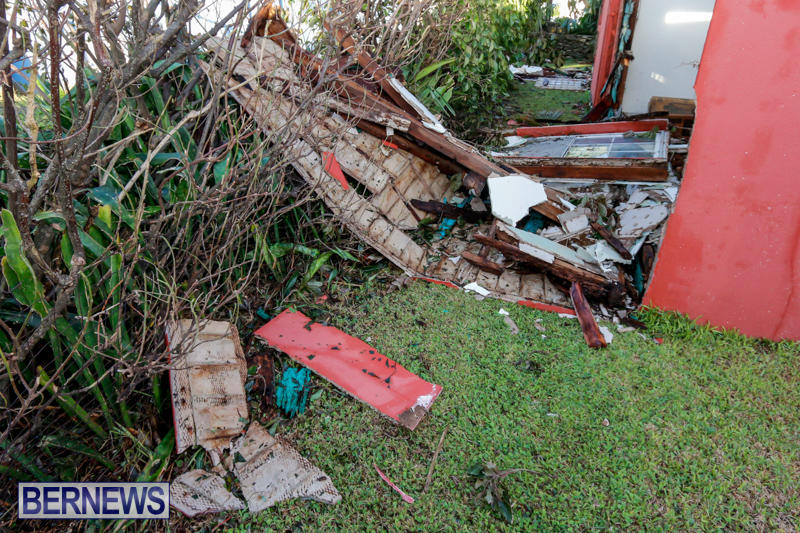
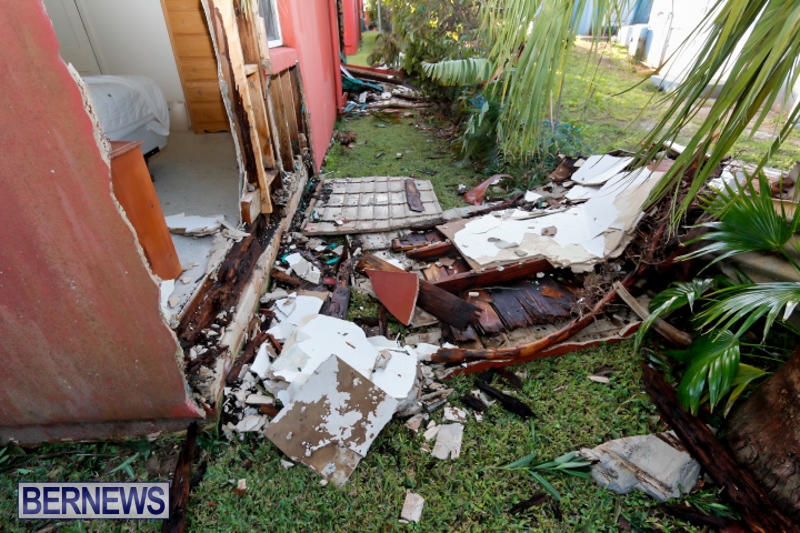
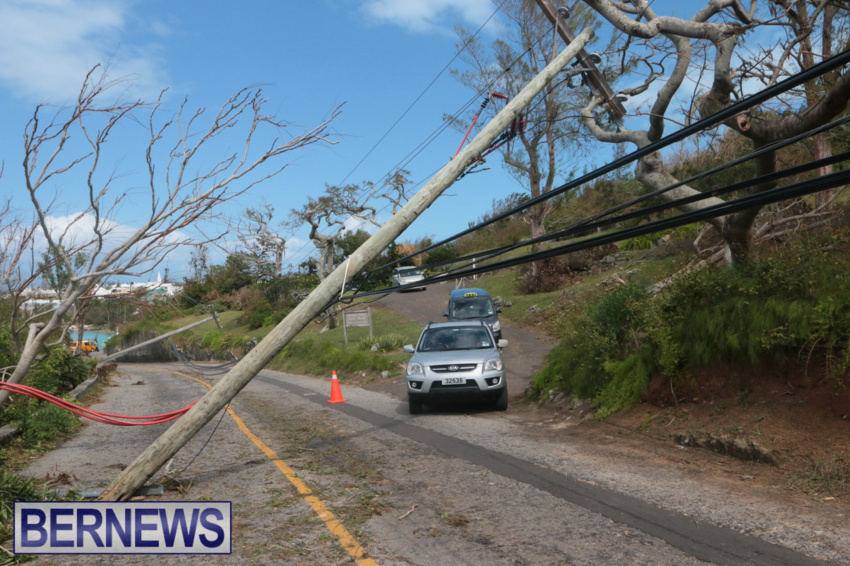
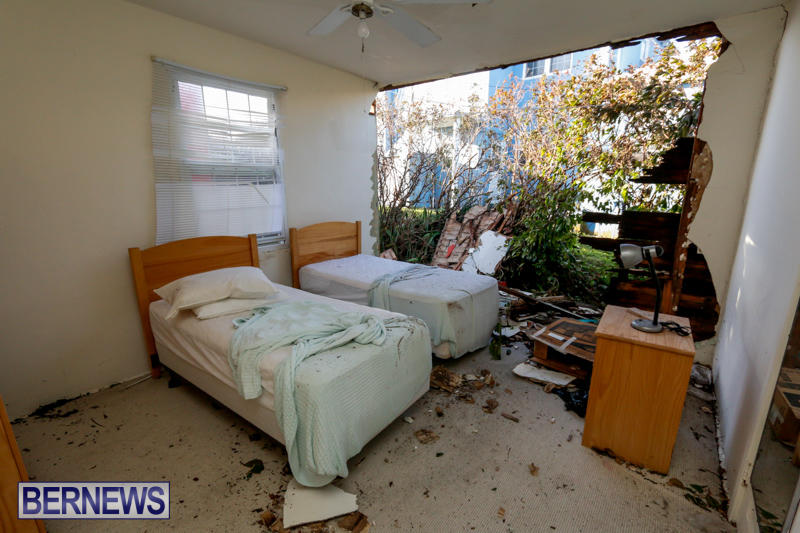
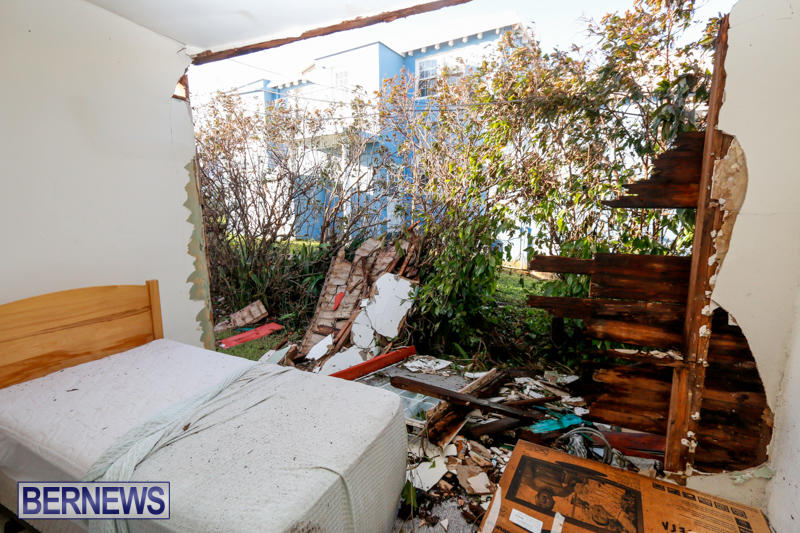

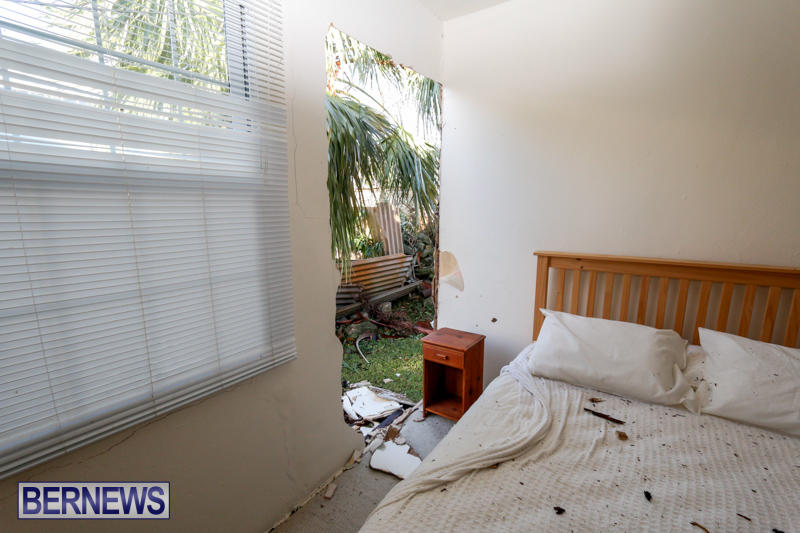
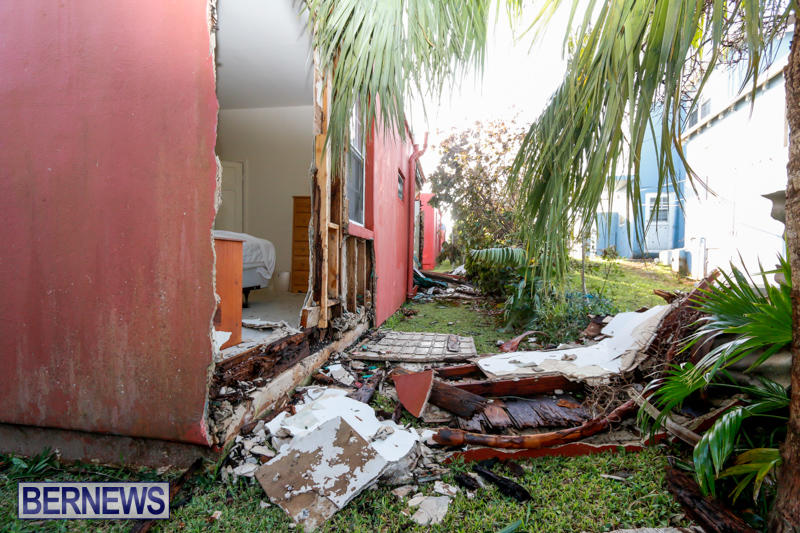

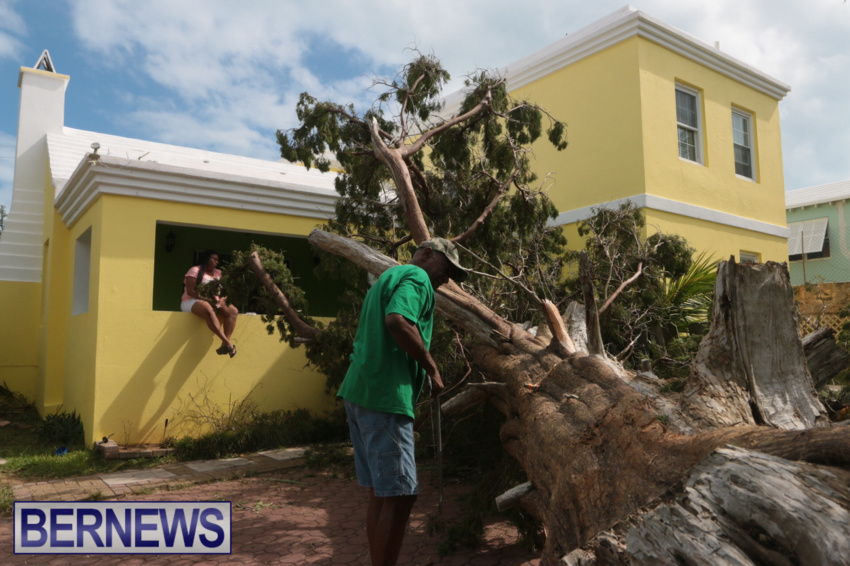




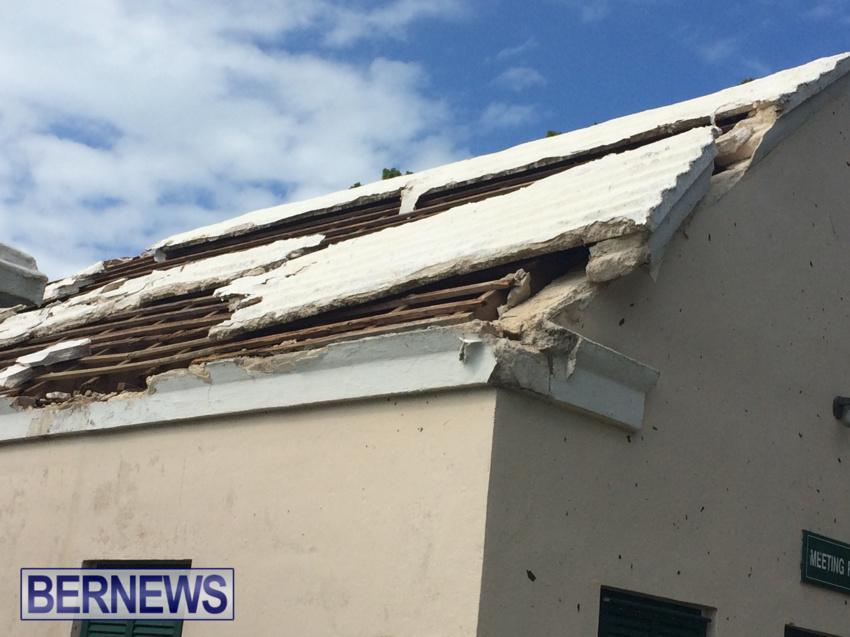
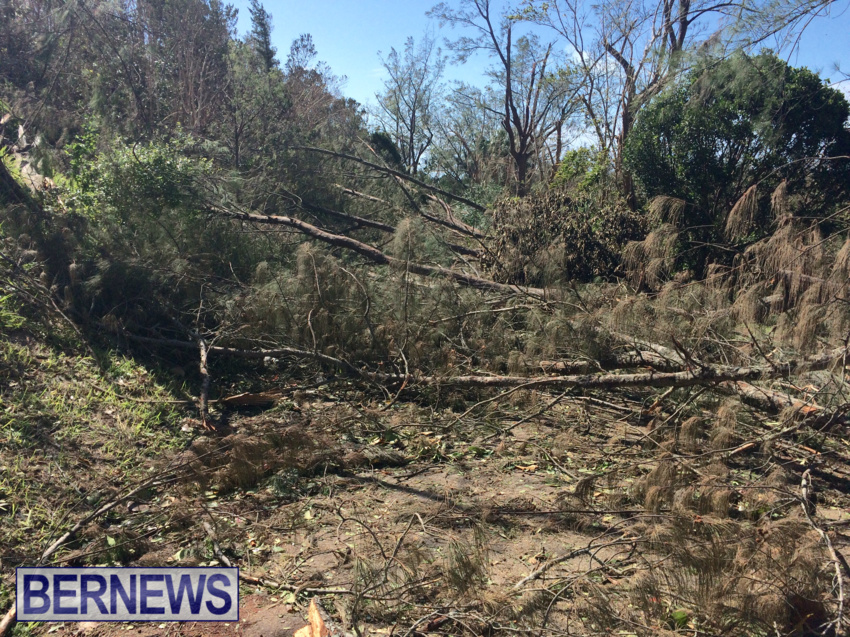
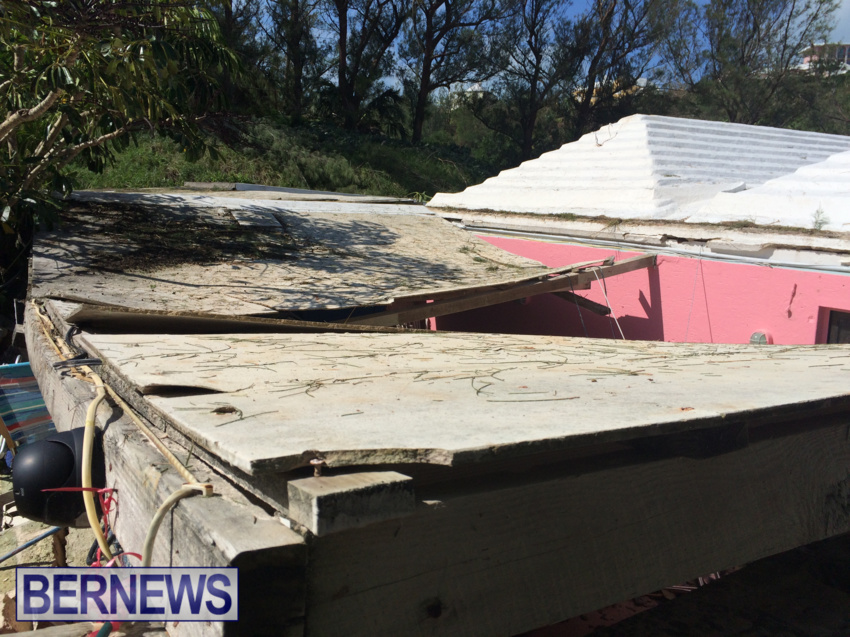


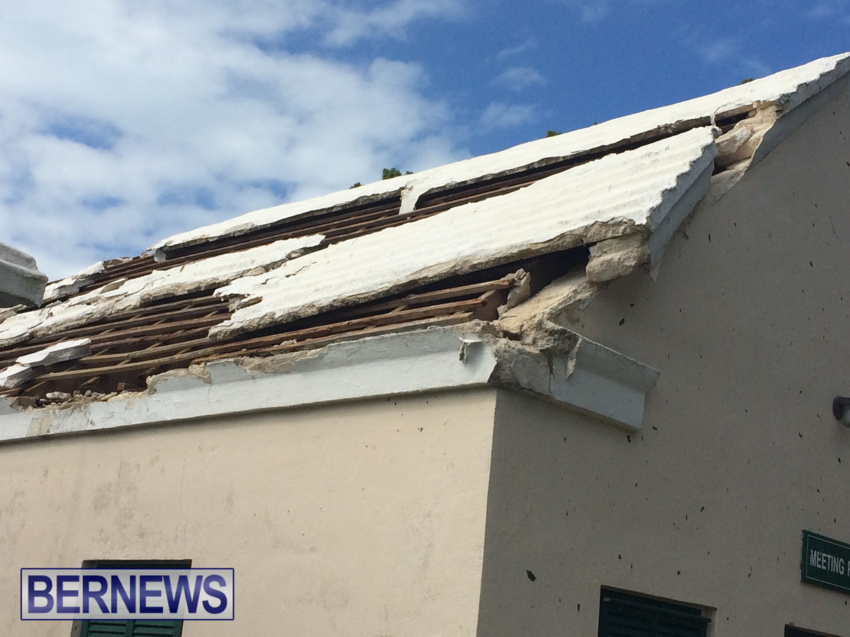




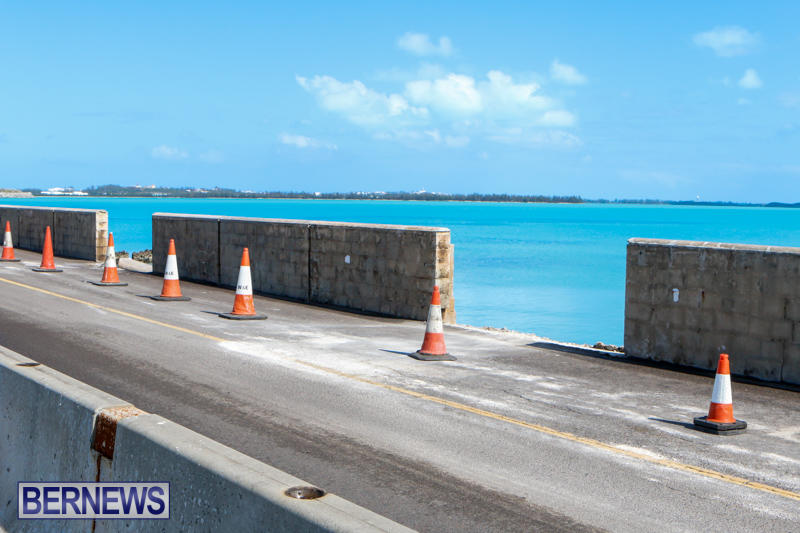
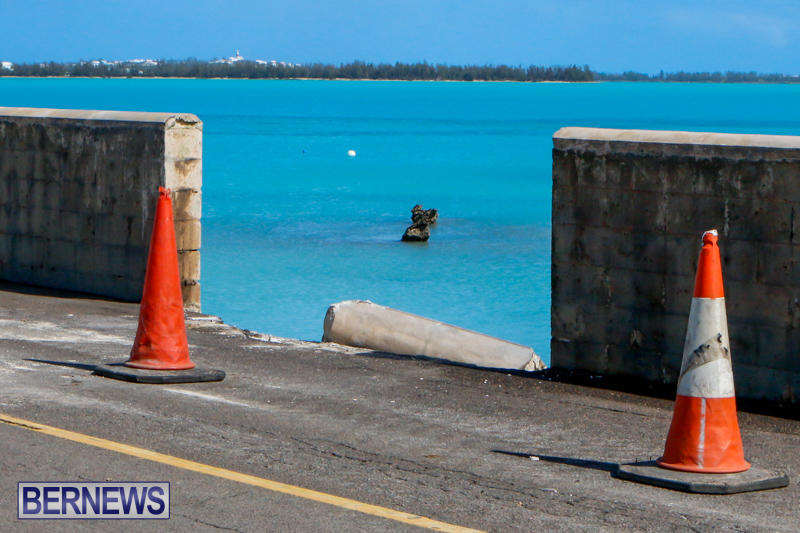

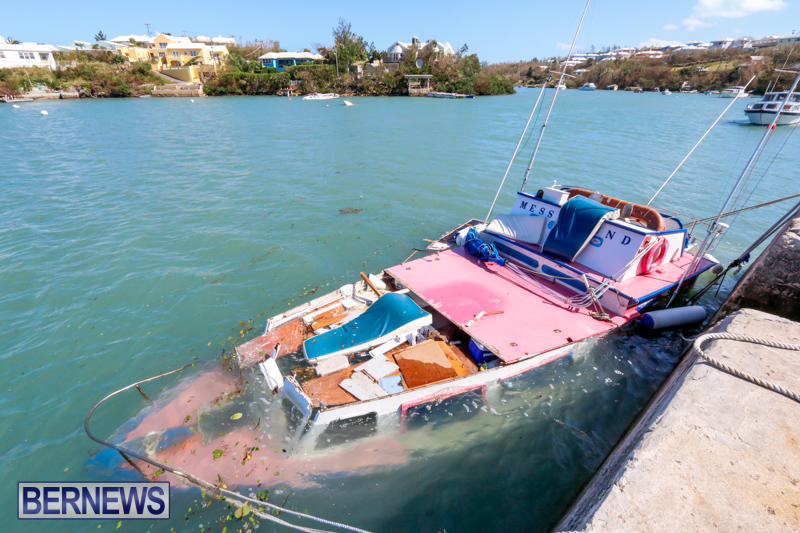
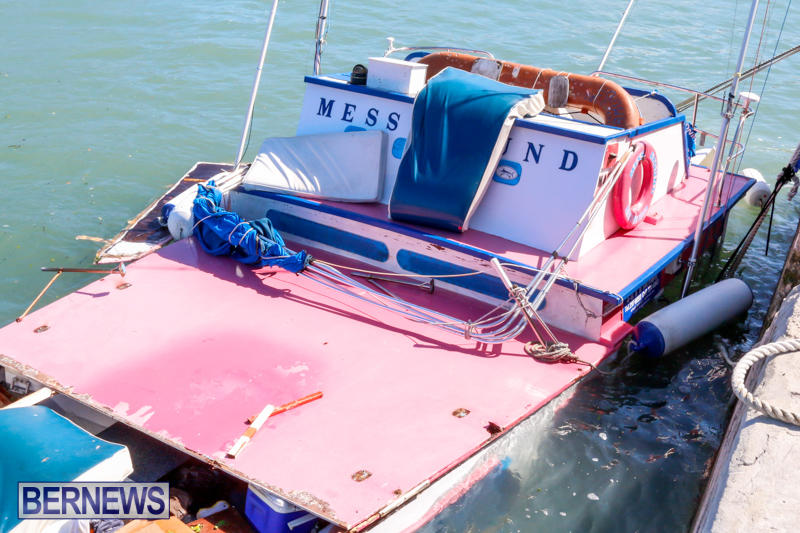


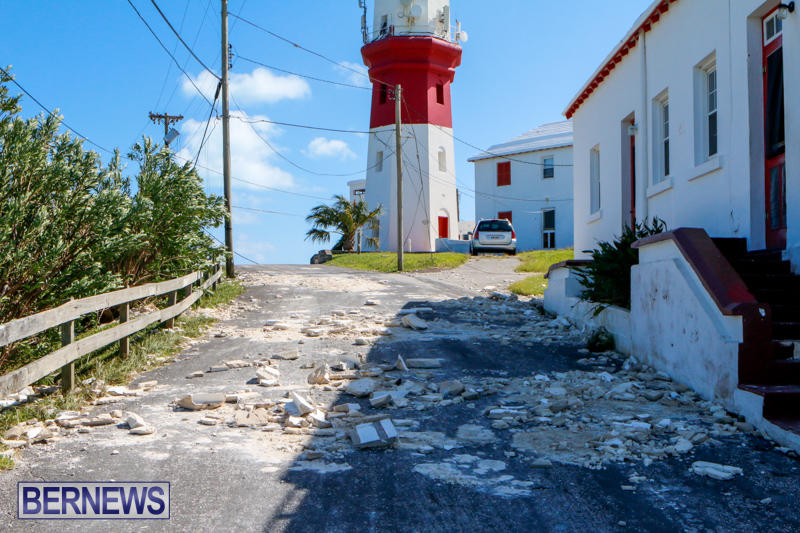



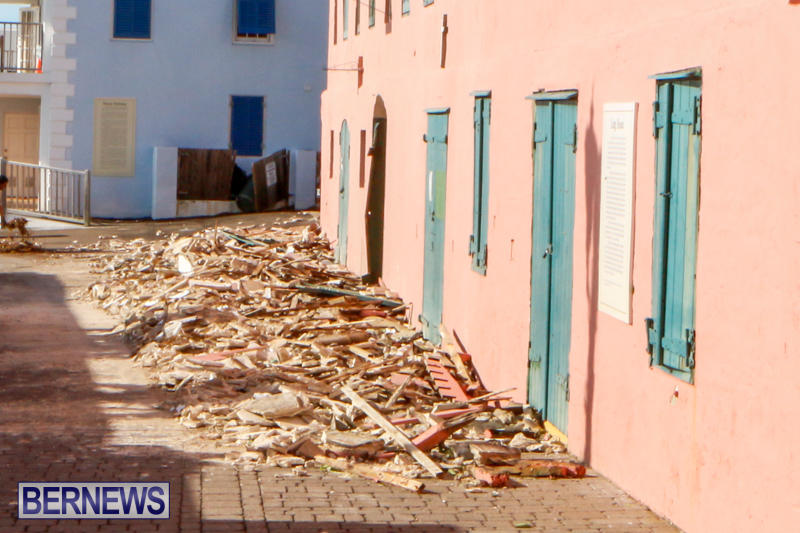

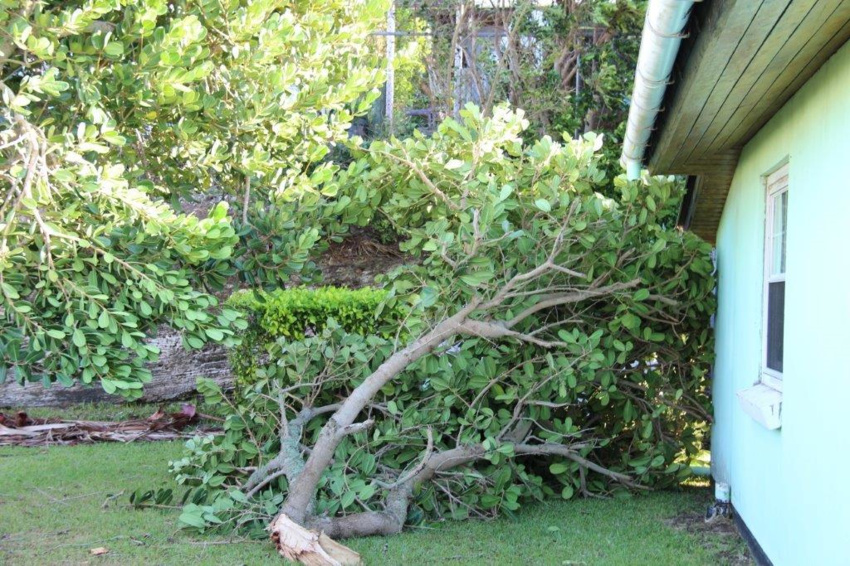
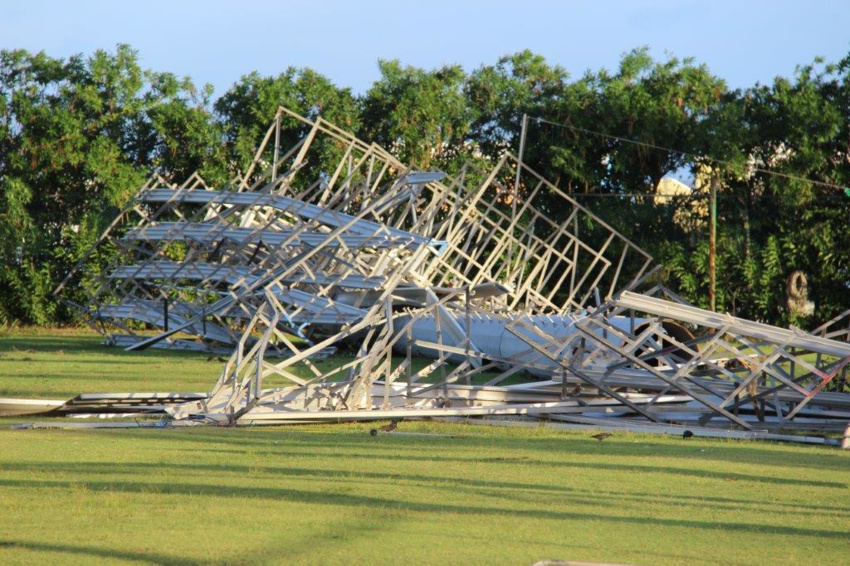
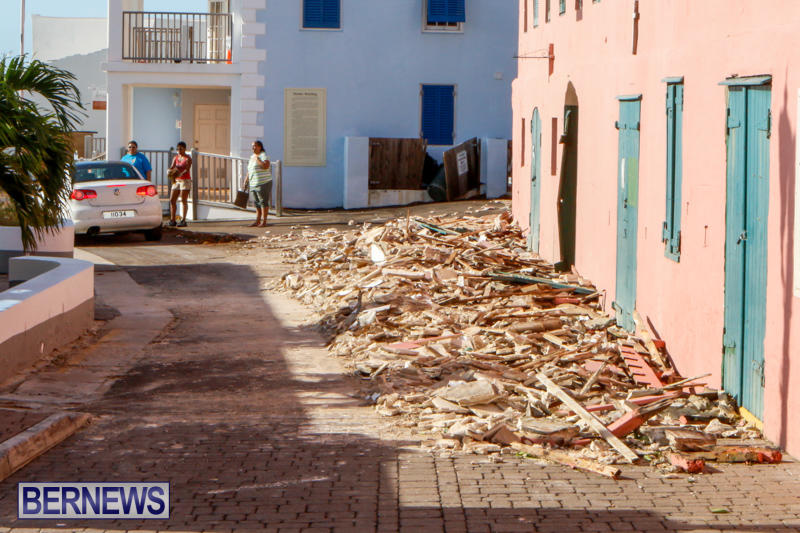
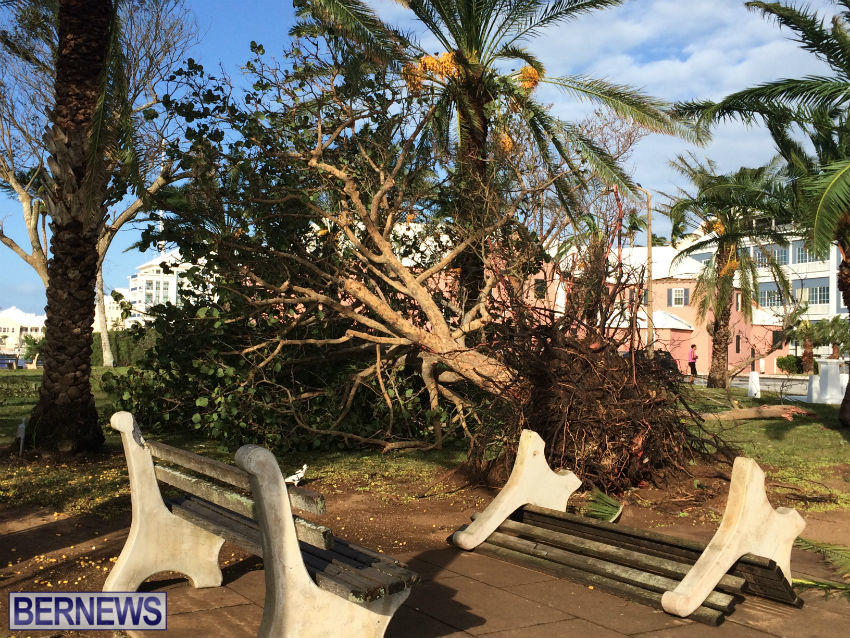
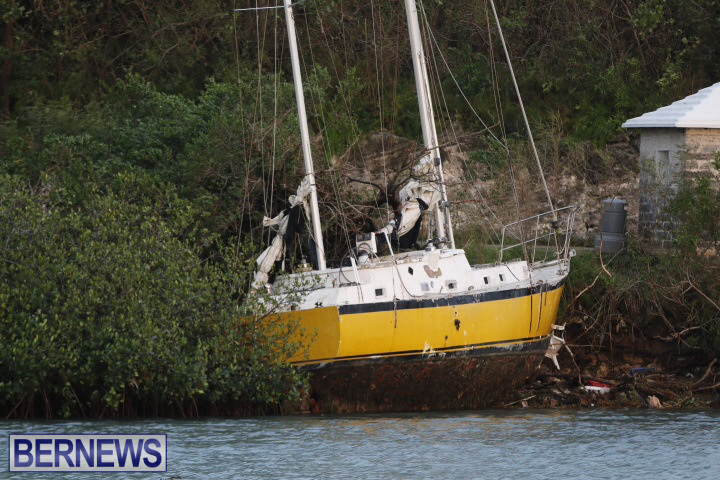

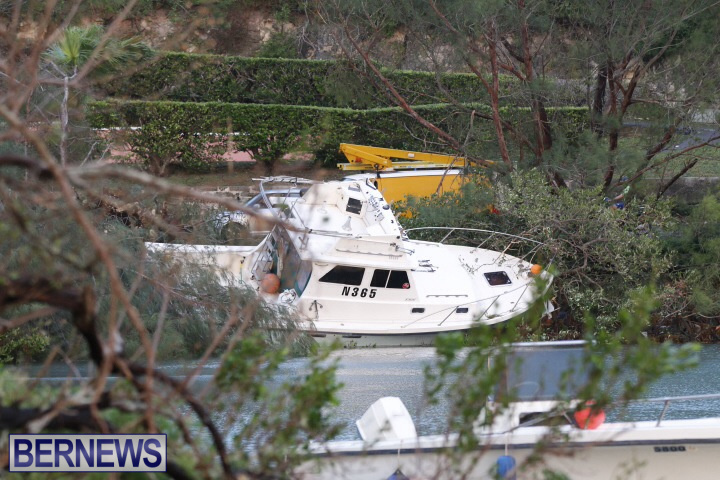
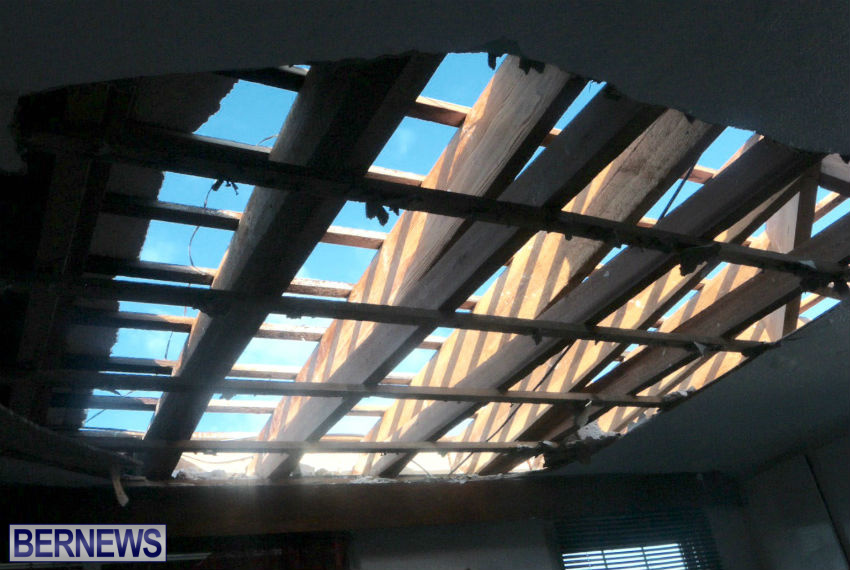

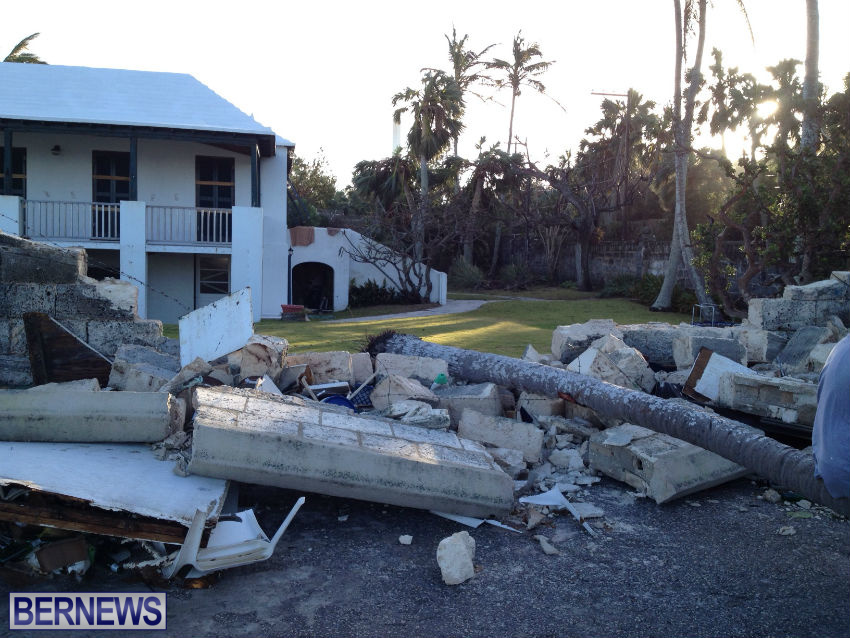
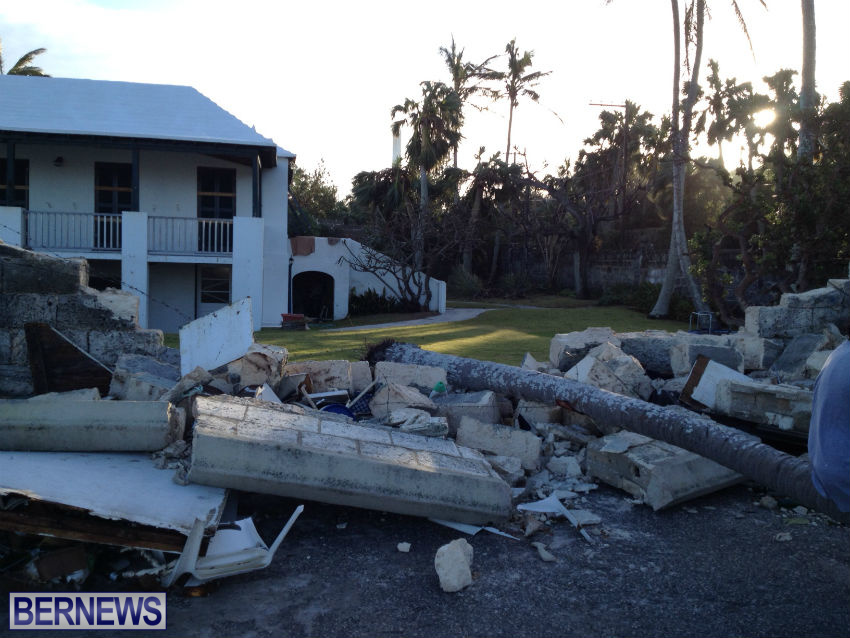


now they are admitting they WERE Hurricanes!
They did that a while ago – but just shows how bloody unlucky we were! Last time we were hit by two hurricanes was in 1899!
I knew Fahy was a fake.
Eventually the truth will reveal itself.
jus how ya fake too
“Fay became the first hurricane to make landfall on Bermuda since Emily in 1987″? Um…
“Landfall” doesn’t count unless the eye goes over
We’re tiny
Haven’t had an eye in a long time
How much does this SERCO service cost us?